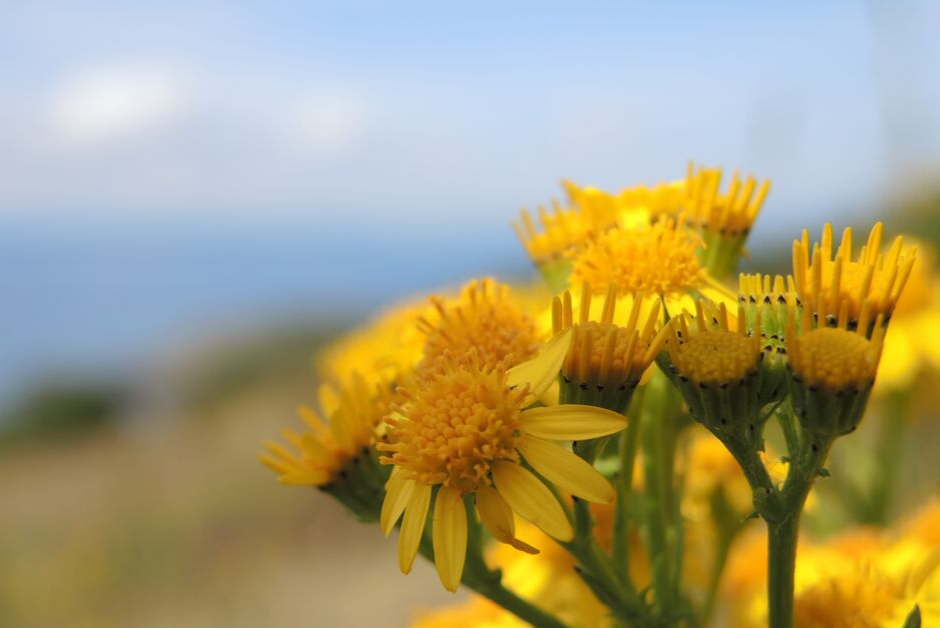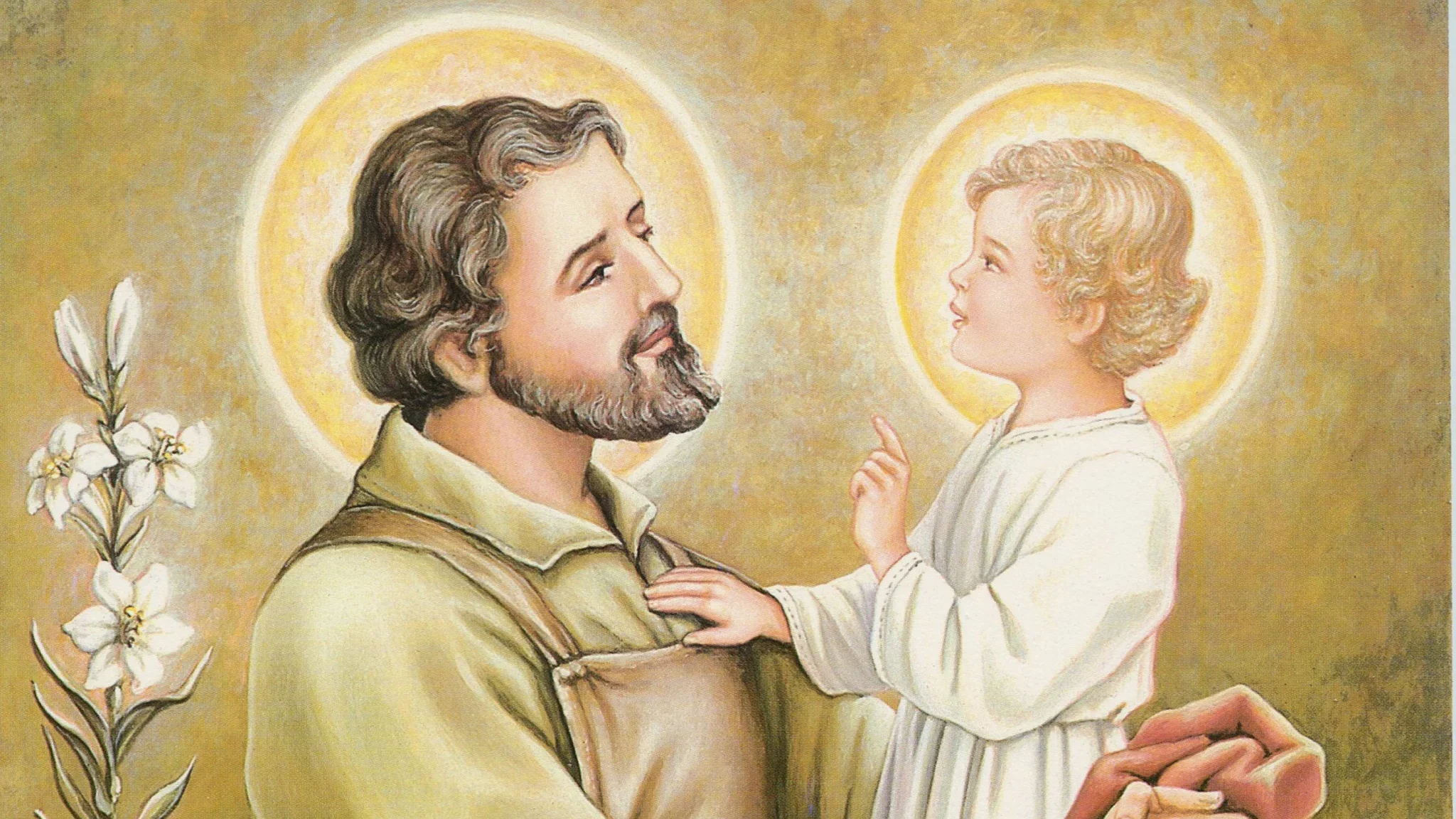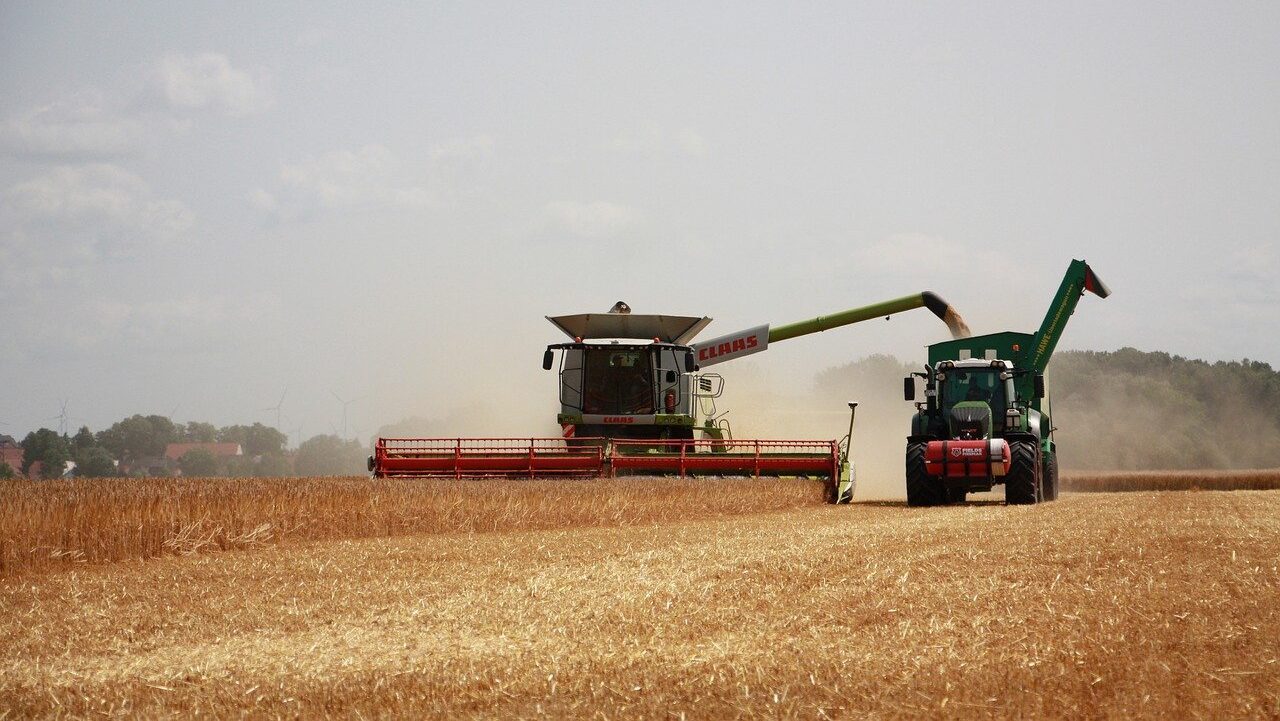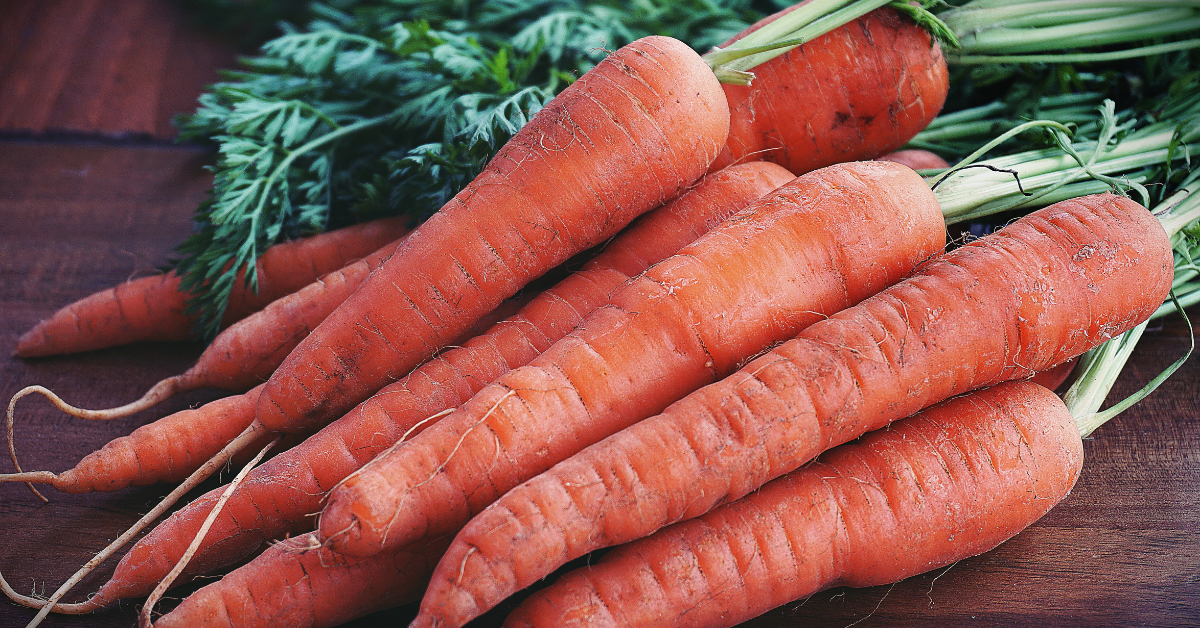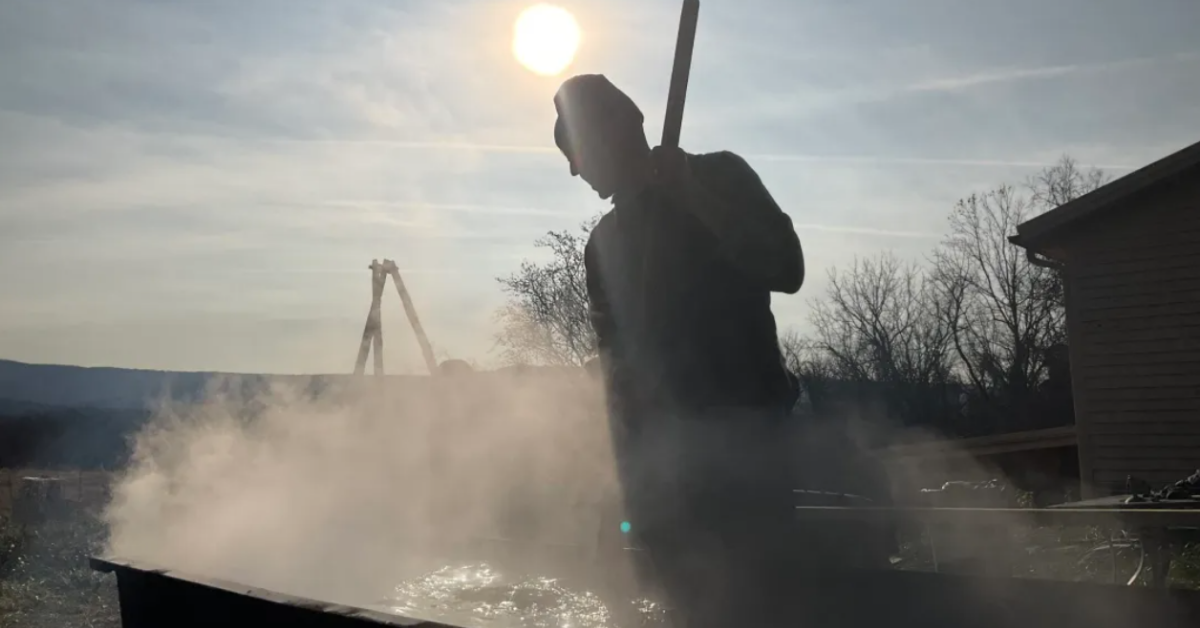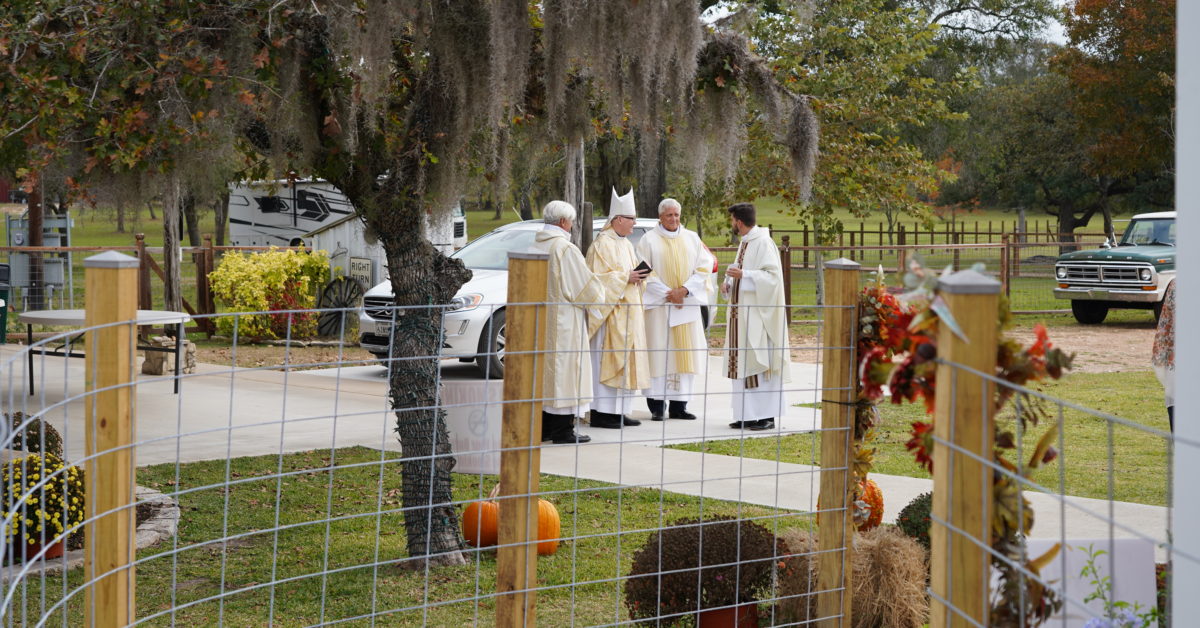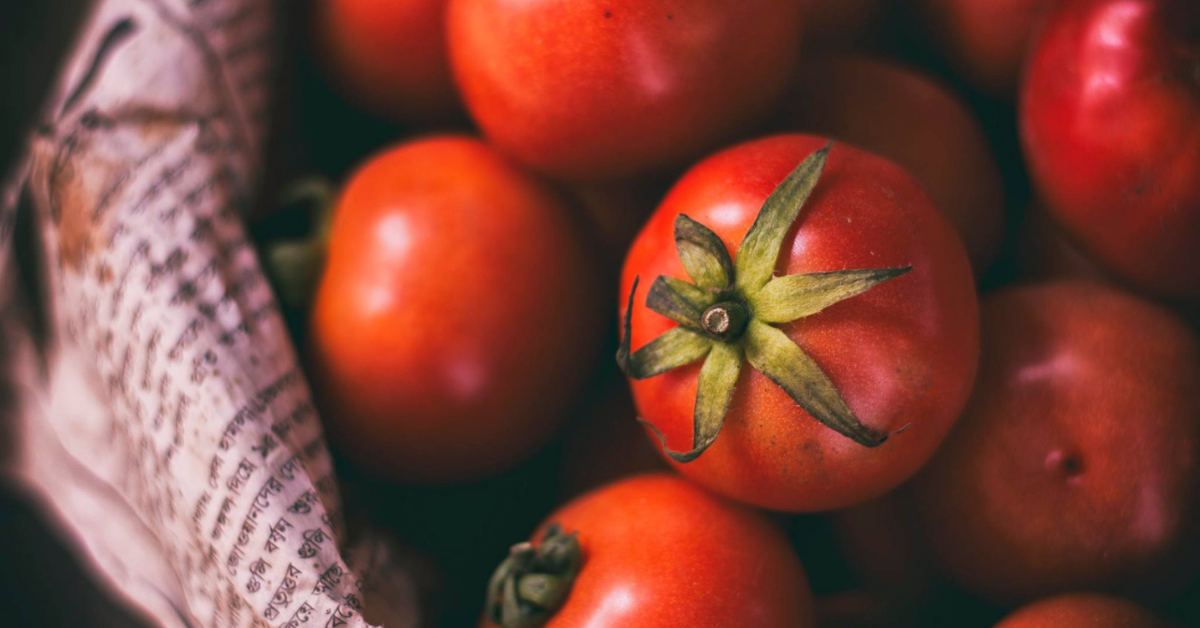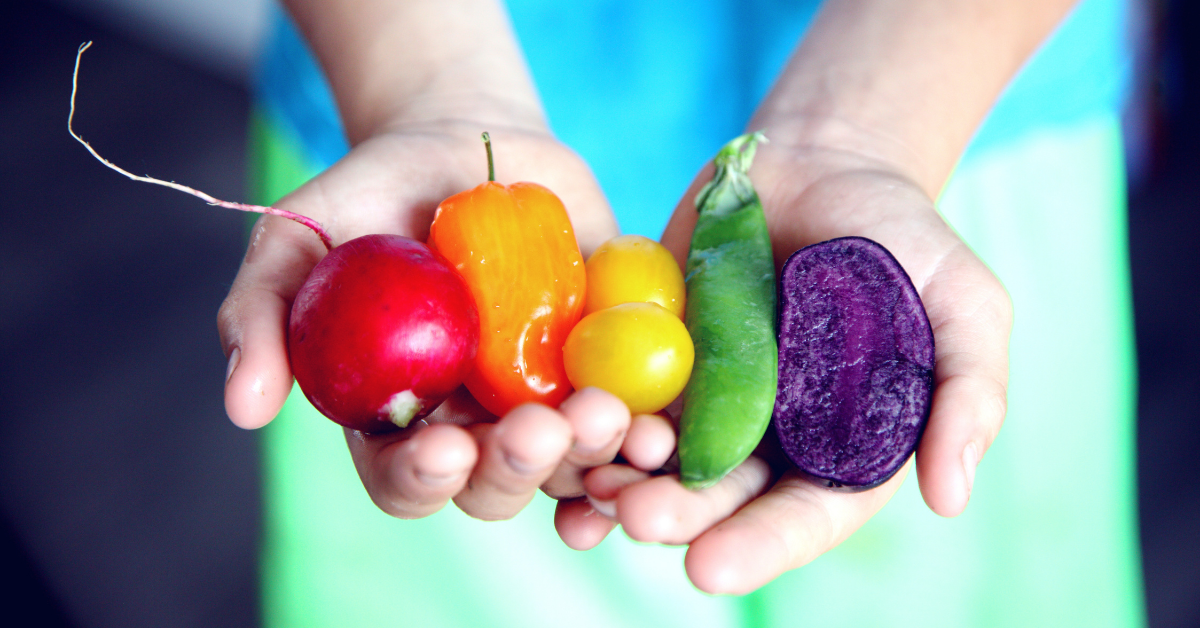Saint John Paul II has stated that we, as a people, are in need of an “ecological conversion.” During his address to a general audience in 2001, he said “at stake, then, is not only a ‘physical’ ecology that is concerned to safeguard the habitat of the various living beings, but also a ‘human’ ecology which makes the existence of creatures more dignified, by protecting the fundamental good of life in all its manifestations and by preparing for future generations an environment more in conformity with the Creator’s plan.” This concept of an ecological conversion not only includes ecology in the ecosystem around us, but also the concept of integral ecology, that humans are a part of nature, and not separate from it. We depend on it for our survival, and as Christians, it is our duty to be good stewards of God’s creation.
As a professional ecologist, I never thought I was a person who would need to experience an “ecological conversion,” but that is precisely what happened to me.
In 2018 I became the Program Director for the Saint Kateri Conservation Center, and I jumped in with both feet, helping to make the Center’s vision of the Saint Kateri Habitat Program become a reality. This program was designed to help Catholics and Catholic Organizations connect with God in nature and take action to care for creation on their own properties. In our society, we have been conditioned to desire large barren lawns and pest free plants. Many people want to be good stewards but they may not know that there’s a better way: to incorporate native plants, install mechanisms to manage stormwater such as rain barrels and rain gardens, restore meadows, streams, and even forests. Not only that, but we can’t do this alone. God is an integral part of this equation, and we must connect with Him through this entire process.
With this vision in mind, the Center began to offer advice to our followers and partners for how to better conserve creation in their own backyards, and we designed yard signs as well as a map to highlight the beautiful work of all of our followers who were doing these amazing things in their backyards, and to inspire others to do the same.
Now, there was only one thing left to do: create a Saint Kateri Habitat of my own.
I began my project as a rain garden, dug a swale, placed a statue of Mary, and installed a gutter pipe down to direct stormwater from my roof. I purchased and planted a handful of native plants that served as both host plants for butterflies as well as water loving plants for a rain garden. As I waited for my plants to grow, I noticed I wasn’t practicing what I was preaching, and was operating in a silo in my garden. We were pulling “weeds” out of other parts of our yard but leaving this little island oasis of natives by itself. I then began to let other “weeds” grow. What I found were unique native plants with beautiful flowers that I never would have noticed; common Jewelweed with its unique orange blooms, calico asters, and seedbox plants. I began to see the beauty of each of these plants as gifts from God, each beautiful and uniquely fashioned by His hand. Not only that, but the pollinators came in droves. Different kinds of bees and butterflies, hummingbirds, and we even reared monarch butterflies from caterpillars. I began to realize that it wasn’t just about creating one small space but changing the entire way that we manage our yard, as a part of nature and not disconnected from it.
I also realized that it wasn’t just me that this experience was transforming, it was also my family. As I was gardening each day, my two-year-old daughter was spending a lot of time beside Mary’s statue. Every morning she would come out with me and stand in front of Mary and begin talking to her about everything under the sun. Then, she began hugging Mary. She started to tell me, “Mary loves me.” and “I’m Mary’s girl.”
As an ecologist completely engrossed in the science of conservation, I was unaware that I was separating myself from nature and was blind to the seamless connection of conservation and our faith. Building a Saint Kateri Habitat became a spiritual experience for myself and for my family that I couldn’t have predicted. It was truly the ecological conversion Saint John Paul II promoted, and I’m incredibly grateful to have experienced it.
Currently, the Saint Kateri Conservation Center has over 40 registered Saint Kateri Habitats across the United States, and even one in Poland. Ronnie O’Brien, a volunteer for the Center as well as the coordinator for the Pawnee Seed Preservation Project, has also registered her garden as a Saint Kateri Habitat in Nebraska. Ronnie says it beautifully; “St. Kateri habitats remind us that we live in the middle of God’s natural garden, and God’s garden needs our help to thrive. Even if all we have is a small habitat garden in our farmyard, it can work with other gardens for miles around to cultivate a patchwork quilt of happy places for the native plants and pollinators that call our area home. If we do not see signs of God’s natural garden around us, we can do simple things to bring it back.”
If you would like to create a Saint Kateri Habitat, or register a habitat you are already working on, please visit our website here. Saint Kateri Habitats are dynamic and can be many different shapes and sizes and can be integrated into agriculture and other activities on properties.
— Kathleen (Kat) Hoenke is the Program Director and volunteer Spatial Ecologist for the Saint Kateri Conservation Center. Kat has a Masters of Environmental Management in Ecosystem Science and Conservation from Duke University. She previously worked for a non-profit organization focused on protecting and restoring aquatic ecosystems.
To learn more about the Saint Kateri Conservation Center, visit Kateri.org, or on social media on Facebook, Instagram, and Twitter.
